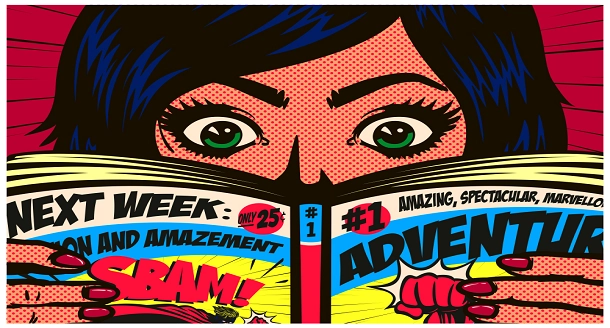A good history comic book can capture a significant historical event vividly and excitingly. The Great Chicago Fire, for example, is the backdrop of this series, which follows siblings displaced by the fire. In another history comic, the Japanese were sent to internment camps and held for years under armed guard. A young boy relates the experiences of his family behind barbed wire fences. Read this history comic book to learn more about the events.
Scooter Mc Ginty’s adventures:
In Scooter McGinty’s Adventures in History, a time-travelling character explains historical events through the eyes of a comic book. The series features 12 reproducible comic books and activities related to each topic. Scooter’s Quick Quiz at the end of each comic book includes the answers to the question and discussion topics for added educational value. Educators will find these books an excellent resource for engaging students in history.
Persepolis by Marjane Satrapi:
Persepolis is a graphic novel by Iranian-born author Marjane Satrapi that depicts her childhood and early adult years in Iran during the Islamic Revolution. The comic has sold more than two million copies worldwide, published in French. In addition, the book has been made into a film, which won the 2007 Special Jury Prize at the Cannes Film Festival and was nominated for an Academy Award for Best Animated Feature.
The graphic novel is set in 1980 in Iran, during the Islamic Revolution. The book’s impact of war and religious extremism on Iranian society is detailed. At the same time, the protagonist, Marji, is an upper-middle-class girl who is exposed to Western political thought and educational material. As a result, she considers her privilege as a member of a privileged class and her desire to discover her family history.
Maus by Art Spiegelman:
In his graphic novel, Maus, Art Spiegelman portrays the Holocaust through the eyes of children and adults. The characters are often animals, such as cats and mice, and Spiegelman uses this metaphor to communicate his message. The book also depicts a Jewish boy’s experiences growing up in the Nazi camps and his troubled relationship with his father. The illustrations are sparse, yet they add to the sense of foreboding.
The Complete Maus by Art Spiegelman is one of several excellent history comic books. This graphic memoir follows a young boy through two time periods and portrays his father’s life during two of the most horrific events in history. The characters, all of whom are animals, struggle to survive the terror and war. Families can read the comic and discuss how Spiegelman uses the comic medium to tell this harrowing tale.
Seduction of the Innocent by Frederic Wertham:
Despite the title, Seduction of the Innocent is a much different work than the Chick-tract type screeds. Wertham laments the decline of high bourgeois culture in the book, but unlike Jesse Helms or Theodor Adorno, the author was raised in a largely humanistic milieu. Wertham’s views on culture and the imagination are closer to Theodor Adorno and The Hidden Persuaders than those of Jesse Helms or Theodor Adorno.
The book makes a case for comics, which can lead to delinquency while appealing to children. Dr Wertham’s findings have had many consequences. He asserted that reading comic books starring adult characters and displaying adult-like behaviour teaches children to behave similarly. As such, comic books designed for young readers are dangerous for society. In Seduction of the Innocent, he argues that comic books are no longer innocent.
Author Bio: Miguel Gabriel is a research-based content writer. He has worked in various industries, including healthcare, technology, and finance. He is currently working as a writer in Research Prospect, famous for dissertation writing services and Report writing services. When Miguel is not writing or researching, he enjoys spending time with his family and friends. He also loves travelling and learning about new cultures.

